
Seeing 20/20 in 2020
For nearly 20 years, Garden Media Group has been looking into the crystal ball for future trends. This year is no different. The 2020 Garden Trends Report: Seeing 20/20 offers a peek into what will be trending in horticulture in 2020 and beyond.
This year’s trends are reinventions from a bygone era, helping to reconnect us with nature, the soil and leading a more thoughtful approach to life. Certainly, times have changed, but if we can combine the wisdom of the past with the science and technology of today, our future could be very bright.
Here is a snapshot of the eight trends in the report and how they’ll affect your garden retail business.
Cities of the Future
Right now, half of the world’s population lives in cities; that number is expected to rise to 70% by 2050. Thriving cities of the future will combine green infrastructure and horticulture to positively impact the well-being of their citizens and the environment.
According to Jim Zwack at Davey Tree, creating a well-canopied city is a cost-effective strategy to improving communities’ health, resilience and economy. Sustainability will be the key to managing growth.
 Central Recreational Districts are the new Central Business Districts and include parks, historic places and other “Instagramable” places to gather. As a result, property values will rise and so will population and jobs. These sites are especially attractive to younger, well-educated inhabitants.
Central Recreational Districts are the new Central Business Districts and include parks, historic places and other “Instagramable” places to gather. As a result, property values will rise and so will population and jobs. These sites are especially attractive to younger, well-educated inhabitants.
Circular Economy
Gone are the days when clothes were mended and work boots resoled. Only 9% of materials consumed are reused today. A circular economy uses nature as a template. It minimizes waste, makes the most out of resources and replaces planned obsolescence with restoration. This is forecasted to generate $4.5 trillion in new output by 2030.
This new ethos is not just for dreamers, either. Big companies such as GM, Annie’s and Unilever are getting on the circular bandwagon. In fact, Unilever’s sustainable brands grew 46% faster than the rest of their business in 2018.
Green Collar Jobs
As we’ve seen in Cities of the Future, urban growth will create a massive demand for green collar workers. Garden spending is expected to reach $49.3 billion by 2023, yet horticulture jobs already outnumber grads by 2 to 1. We need to be thinking about diversity in education.
College tuition in the U.S. is climbing and enrollment is trending downward. Students are carrying $1.5 trillion in student loan debt. Generation Z doesn’t want the burden of that kind of debt. While many important jobs in our industry require higher learning, there are many green jobs that require less college education, perhaps an associate degree or vocational training.
The jobs are there; we need to get creative about how to train future generations.
Endangered Soil
Erosion, deforestation and other damaging land use practices have already washed away one-third of our topsoil. The United Nations Food and Agriculture Organization warns that if we continue on this course, we will lose it all by 2050.
These concerns have sparked a new movement called regenerative gardening, which builds on organic gardening. Regenerative practices are meant to improve and regenerate the soil. Many across the globe are moving away from factory farming toward regenerative practices and turning a profit.
In fact, a new certification is in the wings as a response to customer demand. One half of U.S. consumers would buy a brand if it is committed to the environment. People will spend up to $150 billion on sustainable products by 2021. Regenerative Organic Certified adds soil health, fair trade and animal welfare to organic practices.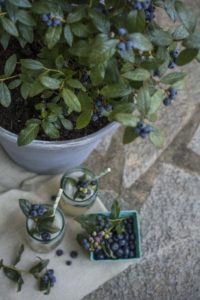
Think Outside the House
The houseplant trend is still growing, with no end in sight. Younger generations finding themselves with less space, time and money, are turning to indoor plants for their benefits. They clean the air, reduce stress, enhance creativity and connect people with nature.
Thanks to “Plant Parents,” the houseplant obsession is seeing greater percentage growth than perennials, shrubs or trees.
It’s clear that green industry players who offer education and cultivate community win big. Meet-and-greets with plant influencers allow people to interact with their favorite Instagram celebrities and make new plant buddies. More and more affinity groups of plant lovers are spinning off to create their own groups. This is key to forwarding a company’s diversity agenda.
Frog-Friendly Spaces
 Just like the plight of the pollinators, amphibians like frogs and toads are going extinct at an alarming rate. Habitat destruction, pesticides, pollution, increased UV radiation, climate change, all play a part in population decline.
Just like the plight of the pollinators, amphibians like frogs and toads are going extinct at an alarming rate. Habitat destruction, pesticides, pollution, increased UV radiation, climate change, all play a part in population decline.
We will see increased awareness and interest in ponds and other water garden features. Water brings so much life to the garden and homeowners want their children to be familiar with these remarkable creatures and do the right thing for the environment.
The Future of Fungi
Mushrooms are a superfood, super fun to grow and just might turn out to be super for the planet. Fungi could potentially solve some of the world’s most pressing problems, like plastic use in our industry.
In 2012, Yale students came across Pestalotiopsis microspora, a mushroom from the Amazon that loves to eat plastic and can live without oxygen. It could clean up landfills from the bottom up. Katharina Unger at Utrecht University in the Netherlands found other mushrooms ate plastic and reportedly tasted good afterward.
It’s time for the green industry to tackle this plastic problem before we go the way of the plastic straw or plastic bag.
Indigo — The Sweetest Shade of Blue
We’re predicting that indigo will be the color of the year in 2020. Plants with blue flowers are always best sellers. Think of blue hydrangeas, salvia and lavender.
Bushel and Berry combines the container plant trend and blueberries’ popularity as a superfood. Can’t you just taste a blueberry event? Remember, 74% of people value experiences over things. The lost art of indigo dying is making a comeback. Shibori — the Japanese technique of creating patterns on fabric — is a trendy workshop for all ages.
The complete 2020 Garden Trends Report: Seeing 20/20 is available for free download at www.grow.gardenmediagroup.com/2020-garden-trends-report. Read Garden Media’s GROW! blog for trend updates and industry news.

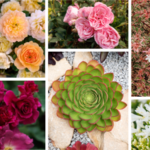


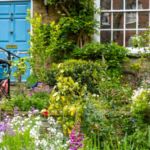

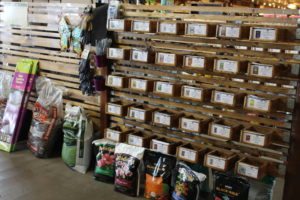






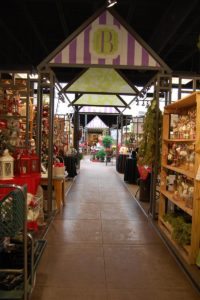
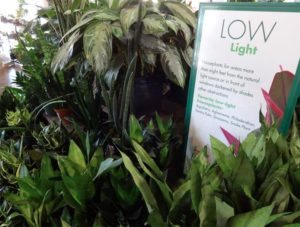
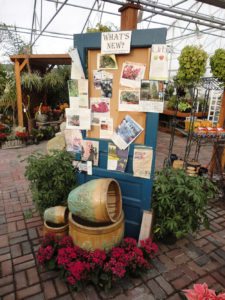
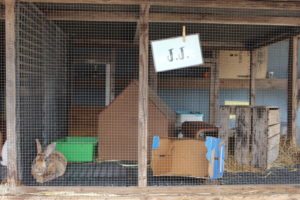
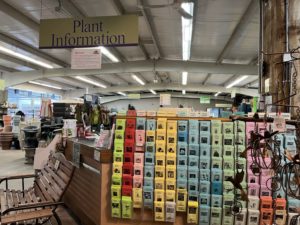
 Videos
Videos





